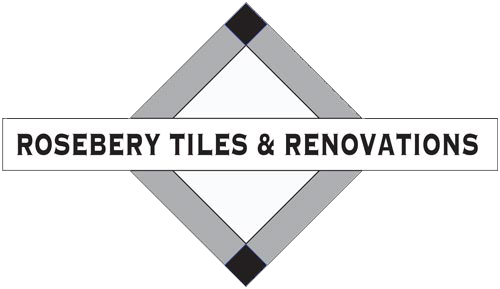FAQs
This pages answers some of the common questions we get asked at ABC Rosebery Tiles.
If you have any questions regarding tiles, tapware, vanity units, toilet suites, sinks or bathroom and kitchen accessories that are not listed here, please give us a call. We are always happy to help.
ABC Rosebery Tiles FAQs
Do you have a showroom we can visit?
ABC Rosebery Tiles has a showroom in the Sydney Suburb of Rosebery, near the Mascot airport. View our Contact page for the address and opening hours.
We also sell a range of bathroom tapware, cabinetry, toilet suites, sinks and tiles online directly. Visit our online shop to explore our range of products.
Which Sydney suburbs do you service?
ABC Rosebery Tiles is based in the suburb of Rosebery, to the south of the Sydney CBD and near Mascot airport.
We service the Eastern Suburbs including Randwick, Waverley and Woollahra LGAs. This includes Edgecliff, Double Bay and Paddington through Bondi, Bronte, Waverley and Queens Park to Clovelly, Coogee, Kensington, Randwick, Kingsford, Maroubra and Malabar and suburbs in between.
The shop is situated in Bayside LGA which includes Botany, Kogarah, Ramsgate, Eastgardens, Hillsdale, Banksmeadow, Rockdale, Banksia and Arncliffe.
We also service the Sydney CBD and Inner West LGAs including Ultimo, Alexandria, Glebe, Annandale, Balmain, Camperdown, Enmore, Marrickville, Newtown, Rozelle, St Peters, Sydenham and Tempe.
Tiles FAQs
What is the difference between Subway tiles and Kit Kat tiles?
Subway tiles and kit kat tiles (also known as “finger tiles”) are similar in that they are both long rectangular shaped tiles. Subway tiles typically range in size between 75x150mm and 100x200mm. Supplied as packs of individual tiles, they are quite versatile and can be installed with different patterns such as staggered, herringbone or stacked.
Kit Kat tiles, however, tend to be smaller and narrower than Subway tiles (similar to fingers, hence the name). They are often bought as sheets, similar to mosaic tiles. This can make them easier to install, though it means their layout is pre-determined by how they are mounted on the sheets.
What is the pendulum slip rating?
The pendulum slip rating, or Pendulum test Value (PTV) is a rating of the anti-slip properties of tiles. The scale ranges from P0 to P5 with P0 denoting a very high risk of slipping and P5 being high anti-slip.
Tiles with P0-P1 rating would typically be used only as wall tiles and would not be recommended for walking on. These would be styles such as high-gloss porcelain tiles or glass tiles.
Those with a P2-P3 rating would be suitable as indoor tile flooring. As they are not generally intended to be walked upon whilst wet, their moderate anti-slip properties are satisfactory.
The P4-P5 slip rating is ideal for outdoor tiles, including pool tiles and pool surrounds, patios and garden pavers. As these tiles are often used whilst wet, their high anti-slip properties can help prevent falls and injuries.
Is there a difference between indoor and outdoor tiles?
In general, yes. Outdoor tiles and pavers are typically harder wearing for the weather conditions they’ll experience. Additionally, pool tiles or outdoor tiles used for pool surrounds will typically have a strong anti-slip rating, unlike many styles of indoor tiles.
Having said that, we stock a selection of indoor/outdoor tiles that are suitable for semi-exposed areas such as patios or decks. These will often have slightly lower non-slip properties but still be made of tough materials, such as porcelain tiles.
If you’d like to discuss your tiling requirements and are not certain what type of tiles you need, please come and speak with us.
What is the difference between wall tiles and floor tiles?
One of the primary differences between wall tiles and floor tiles is durability.
Floor tiles are designed to be more durable as they are intended for walking on. Porcelain is a very common material for flooring due to their density and low water absorbency. Having said this, floor tiles can be made with other material types such as travertine limestone, terracotta or concrete (for outdoor tiles and pavers).
In contrast, wall tiles do not need the same level of durability. Ceramic is often for wall tiling which can be more cost-effective than porcelain tiles.
